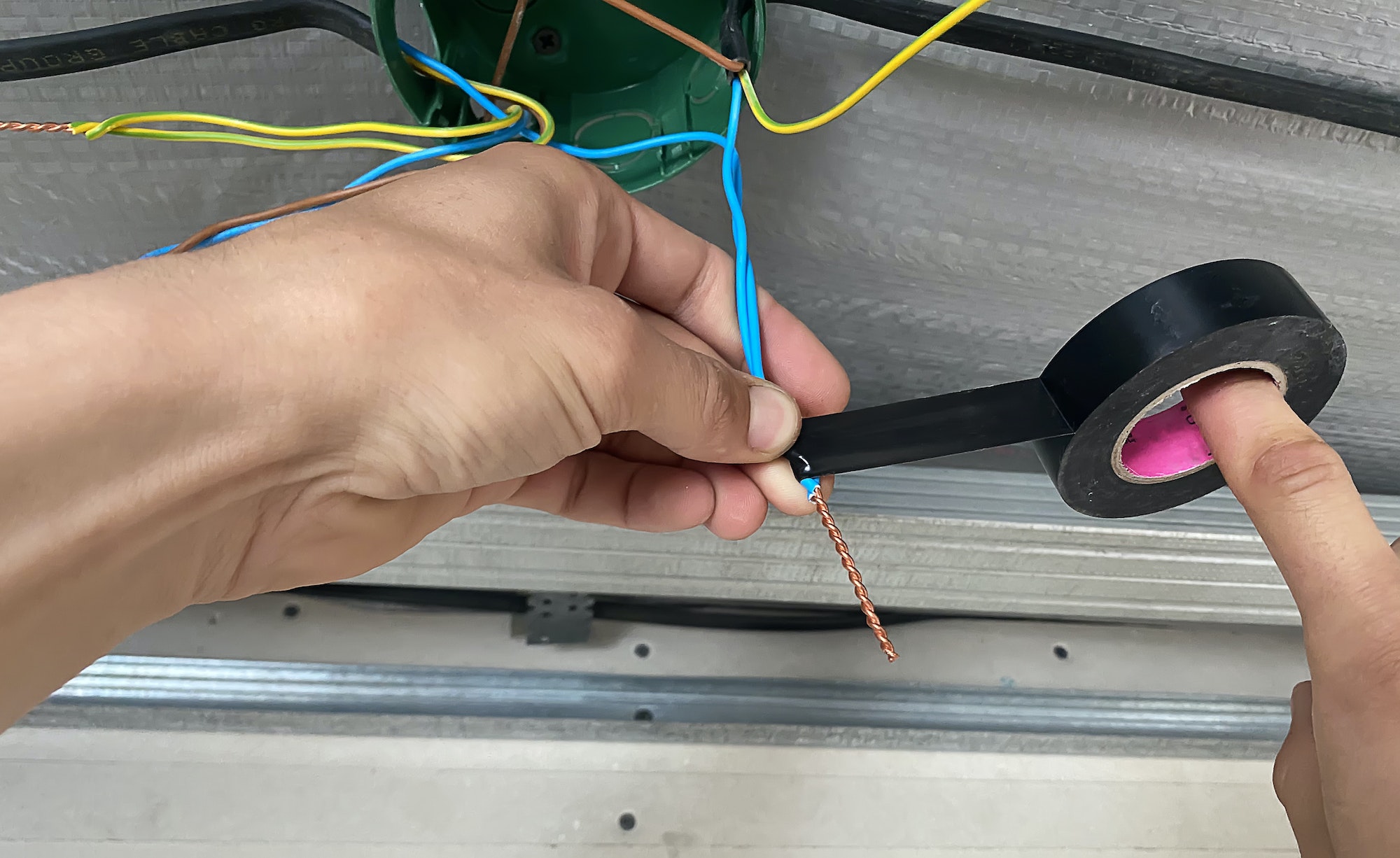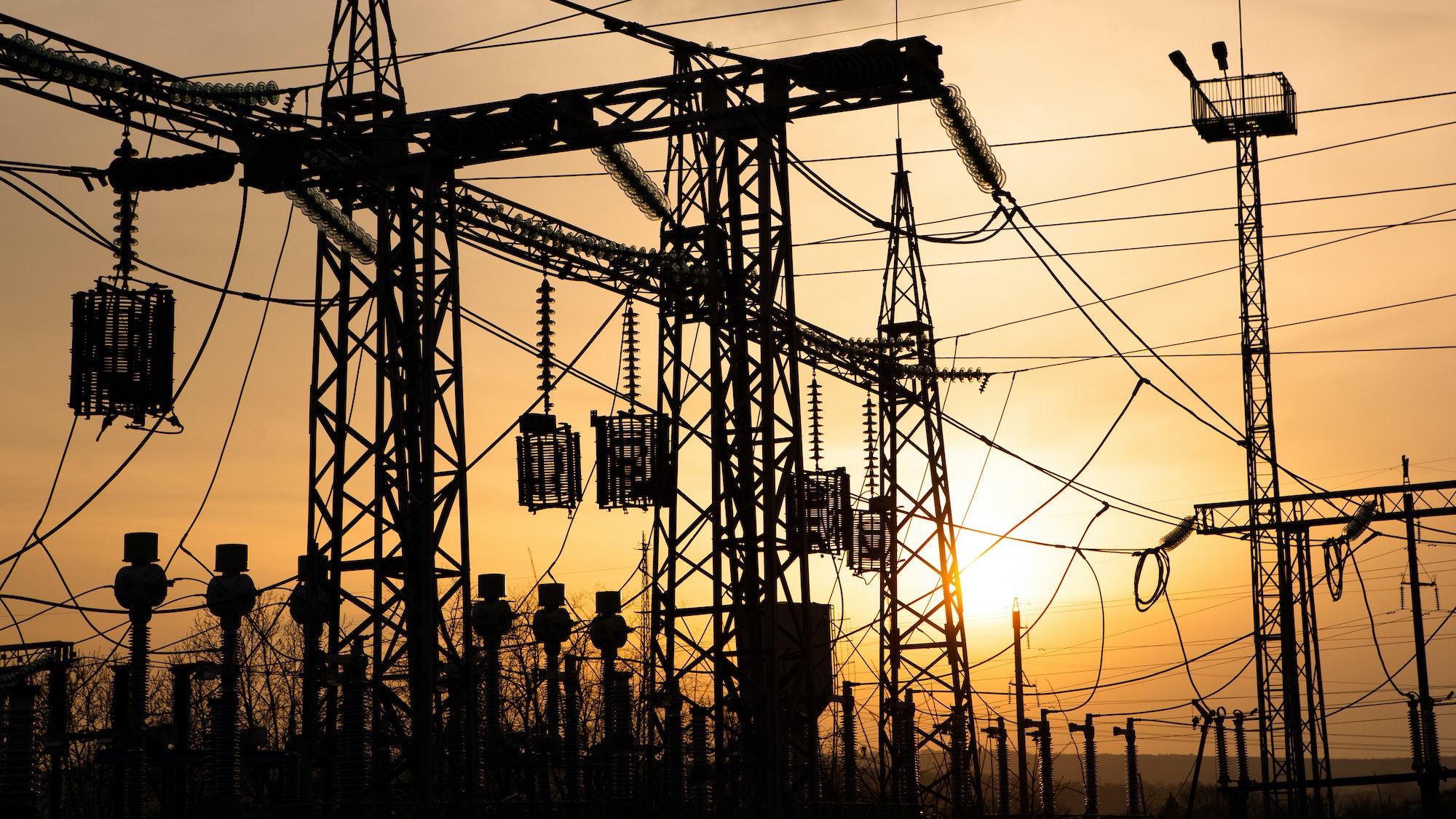Electrical Outlets and GFCIs: Ensuring Safety and Efficiency in Your Home’s Electrical System
Electrical outlets are integral to every home, providing power for essential devices and appliances. Understanding these power outlets’ types, safety features, and technological advancements is essential for sustaining a safe and efficient electrical system. This article will delve into the world of electrical outlets and Ground Fault Circuit Interrupters (GFCIs), exploring their significance, types, and the importance of keeping them up-to-date for a secure and modern home.
1. What are Electrical Outlets?
Electrical outlets, also known as receptacles, are devices installed in walls or floors that provide electrical power to various appliances and devices through plug connections. They come in different configurations, catering to the diverse power needs of modern homes.
2. Types of Electrical Outlets:
- Duplex Outlets: The most common type found in homes, duplex outlets feature two receptacles, allowing two devices to be plugged in simultaneously.
- GFCI Outlets: Ground Fault Circuit Interrupter (GFCI) outlets are designed to protect against electric shocks and are required in certain areas, such as kitchens, bathrooms, and outdoor spaces.
- Tamper-Resistant Outlets: Tamper-resistant receptacles feature barriers that prevent the insertion of foreign objects. This provides an added safety measure, especially for households with young children.
- USB Outlets: These outlets include USB ports alongside the traditional receptacles, making charging devices directly without power adapters convenient.
3. Importance of GFCIs:
GFCIs play a critical role in safeguarding homes against electrical hazards, such as electric shocks and fires. They monitor the flow of electricity and quickly cut off power if they detect any imbalance or leakage, preventing potentially life-threatening accidents.
4. GFCI Requirements:
Building codes mandate the installation of GFCI outlets in specific locations, including:
Bathrooms: GFCIs are essential in bathrooms due to the proximity of water sources and the increased risk of electric shock.
Kitchens: Water and electrical appliances in kitchens make GFCIs a necessity for safety.
Outdoor Areas: Outdoor outlets are exposed to moisture and weather elements, making GFCIs vital for preventing electrical accidents.
Garages and Basements: These areas often have damp conditions, making GFCIs crucial for electrical safety.
5. Testing and Maintenance:
GFCI outlets must be subjected to routine testing and maintenance to ensure their correct operation. Homeowners should test their GFCIs every month to verify that they can trip appropriately. If a GFCI does not trip when tested, it should be replaced immediately.
6. Updating to Smart Outlets:
Smart outlets are the latest innovation in home electrical systems, offering convenience and energy efficiency. These outlets can be controlled remotely through smartphone apps or voice assistants, allowing users to turn off appliances remotely and monitor energy usage.
7. Energy Monitoring and Control:
Smart outlets with energy monitoring capabilities provide valuable insights into energy consumption. Homeowners can identify power-hungry devices and adjust usage patterns to reduce energy costs and environmental impact.
8. Home Automation Integration:
Smart outlets can be integrated into home automation systems, allowing for seamless control of lighting, appliances, and other electrical devices. This integration enhances convenience and can even enhance home security through scheduled lighting control.
9. Ensuring Safety in Older Homes:
Older homes may have outdated electrical outlets without the advanced safety features found in modern ones. Upgrading to tamper-resistant outlets and installing GFCIs in critical areas can significantly improve safety without requiring complete rewiring.
10. Preventing Overloads and Fires:
Overloading electrical outlets can lead to overheating and fires. It is essential to spread out power usage across multiple outlets and avoid using multiple high-energy appliances on the same circuit.
11. Childproofing Outlets:
For families with young children, childproofing outlets are essential to prevent accidents. Outlet covers, and caps are available to protect children from inserting objects into receptacles.
12. Outdoor Outlets and Weatherproofing:
Outdoor outlets should be weatherproofed to protect them from moisture and ensure their longevity. Weatherproof covers or in-use covers with weather-resistant seals are ideal for outdoor electrical outlets.
13. Hiring a Professional Electrician:
Hiring a licensed and experienced electrician is best when installing or upgrading electrical outlets. Professionals can ensure that outlets are installed correctly, up to code, and operating safely.
14. Understanding Wattage and Voltage:
Different electrical devices have specific wattage and voltage requirements. It is crucial to select outlets with the appropriate voltage and amperage ratings to handle the load of the devices being used.
15. Outdoor Outlets and GFCI Protection:
Outdoor outlets are exposed to the elements, making them susceptible to moisture and weather-related damage. To ensure safety, all outdoor outlets should be equipped with GFCI protection. GFCI-protected outdoor outlets are designed to detect ground faults and quickly cut off power to prevent electric shocks and potential damage to electrical devices.
16. Importance of Surge Protection:
In addition to GFCI protection, surge protection is necessary to defend sensitive electronic devices from power surges. Lightning strikes, utility power fluctuations, and the use of large appliances can all cause power surges. Surge protectors can divert excess voltage away from connected devices, preventing damage and extending their lifespan.
17. Replacing Outdated Outlets:
Older homes may have outlets that need modern safety features, such as tamper resistance and GFCI protection. Replacing outdated outlets with tamper-resistant receptacles and GFCI outlets is advisable, especially in high-risk areas like kitchens, bathrooms, and outdoor spaces.
18. Tamper-Resistant Outlets and Child Safety:
Tamper-resistant outlets are designed with internal shutters that prevent foreign objects, such as keys or paperclips, from being inserted into the receptacles. These outlets are particularly important for child safety, reducing the risk of electrical accidents caused by children inserting objects into outlets.
19. Benefits of USB Outlets:
USB outlets have become increasingly popular in modern homes due to the proliferation of USB-powered devices. Installing USB outlets provides a convenient way to charge smartphones, tablets, and other gadgets directly without the need for bulky power adapters.
20. GFCIs for Swimming Pools and Spas:
In addition to indoor areas, GFCIs are essential for outdoor environments with water sources, such as swimming pools and spas. Installing GFCI outlets near these water features helps protect against electrical hazards and ensures a safe environment for swimmers.
21. Avoiding Electrical Overload:
Electrical outlets have a maximum load capacity, and overloading them can lead to overheating and potential fires. Homeowners should be mindful of the number and type of devices plugged into each outlet to stay within its rated capacity.
22. Regular Outlet Maintenance:
To maintain electrical safety, regular maintenance of outlets is necessary. Periodically check for loose or damaged outlets, and have any issues promptly addressed by a qualified electrician.
23. GFCI Installation in Older Homes:
Homes built before GFCI requirements were implemented may lack adequate protection in key areas. It is crucial to retrofit older homes with GFCI outlets to enhance safety and comply with current building codes.
24. Electrical Outlet Placement:
When planning the placement of electrical outlets, consider the layout and function of each room. Ensure that outlets are strategically located to accommodate the use of electrical devices without the need for excessive extension cords.
25. Using Extension Cords Safely:
While extension cords can be convenient, they should be used responsibly. Never route extension cords beneath carpets or rugs and overburden them with multiple high-powered devices.
26. Benefits of Weather-Resistant Outlet Covers:
Using weather-resistant outlet covers is essential for outdoor outlets to protect them from rain, snow, and other weather conditions. Weather-resistant covers are designed to shield the outlet from moisture and debris, extending their lifespan.
27. GFCI Outlet Resetting:
If a GFCI outlet trips and cuts off power, it needs to be reset to restore electricity. To reset a GFCI outlet, push the “RESET” button on the outlet’s face. An underlying issue may require professional attention if it does not reset or keeps tripping.
28. Addressing Outlet Buzzing or Overheating:
If you notice buzzing sounds or overheating at an electrical outlet, immediately unplug any devices and stop using the outlet. These signs may indicate a faulty or damaged outlet that requires immediate inspection and repair by a licensed electrician.
29. Electrical Outlets and Home Insurance:
Having updated and properly installed electrical outlets, including GFCIs, may positively impact your home insurance policy. Insurance providers often consider electrical safety measures when assessing risk and setting premiums.
30. Electrical Safety Awareness:
Regularly educating family members about electrical safety is essential for preventing accidents and hazards. Teach children about the dangers of tampering with outlets and the importance of safe electrical practices.
FAQs:
1. What is the difference between GFCI and regular outlets?
A GFCI outlet contains an in-built sensor that detects electrical current imbalances. It detects a ground fault and quickly cuts off power to prevent electric shocks. Regular outlets do not have this safety feature.
2. Where should I install GFCI outlets in my home?
GFCI outlets should be installed in areas where water is present or likely to be present, such as bathrooms, kitchens, outdoor spaces, garages, and basements. They are especially important in areas near sinks, showers, bathtubs, and swimming pools.
3. Can I install GFCI outlets myself, or should I hire an electrician?
While it is possible to install GFCI outlets as a DIY project, it is essential to have a basic understanding of electrical work and follow safety precautions. If you need more confidence in your electrical skills, hiring a licensed electrician for proper installation and ensuring compliance with building codes is best.
4. Do I need a surge protector for every outlet?
A surge protector should be used for sensitive electronic devices like computers, televisions, and home entertainment systems. For many devices connected to a single outlet, a power strip with surge protection can be used.
5. Are USB outlets safe for charging devices?
USB outlets are designed with safety features to provide a safe charging experience. They deliver the appropriate voltage and amperage to charge devices without overheating or damaging them.
Conclusion:
Electrical outlets and GFCIs are fundamental to a safe and efficient home electrical system. Understanding the different types of outlets, their functions, and the importance of GFCIs in certain areas is crucial for maintaining electrical safety. For homeowners seeking added convenience and energy efficiency, smart outlets offer a modern solution. Upgrading to tamper-resistant outlets and GFCIs can significantly enhance safety in older homes. Remember to test GFCIs regularly, avoid overloading outlets, and hire a professional electrician for installation or upgrades. By prioritizing electrical safety and staying informed about advancements in electrical outlet technology, homeowners can create a secure and smart living environment for their families. Visit our website ContractorHomeQuotes.com to learn more.








